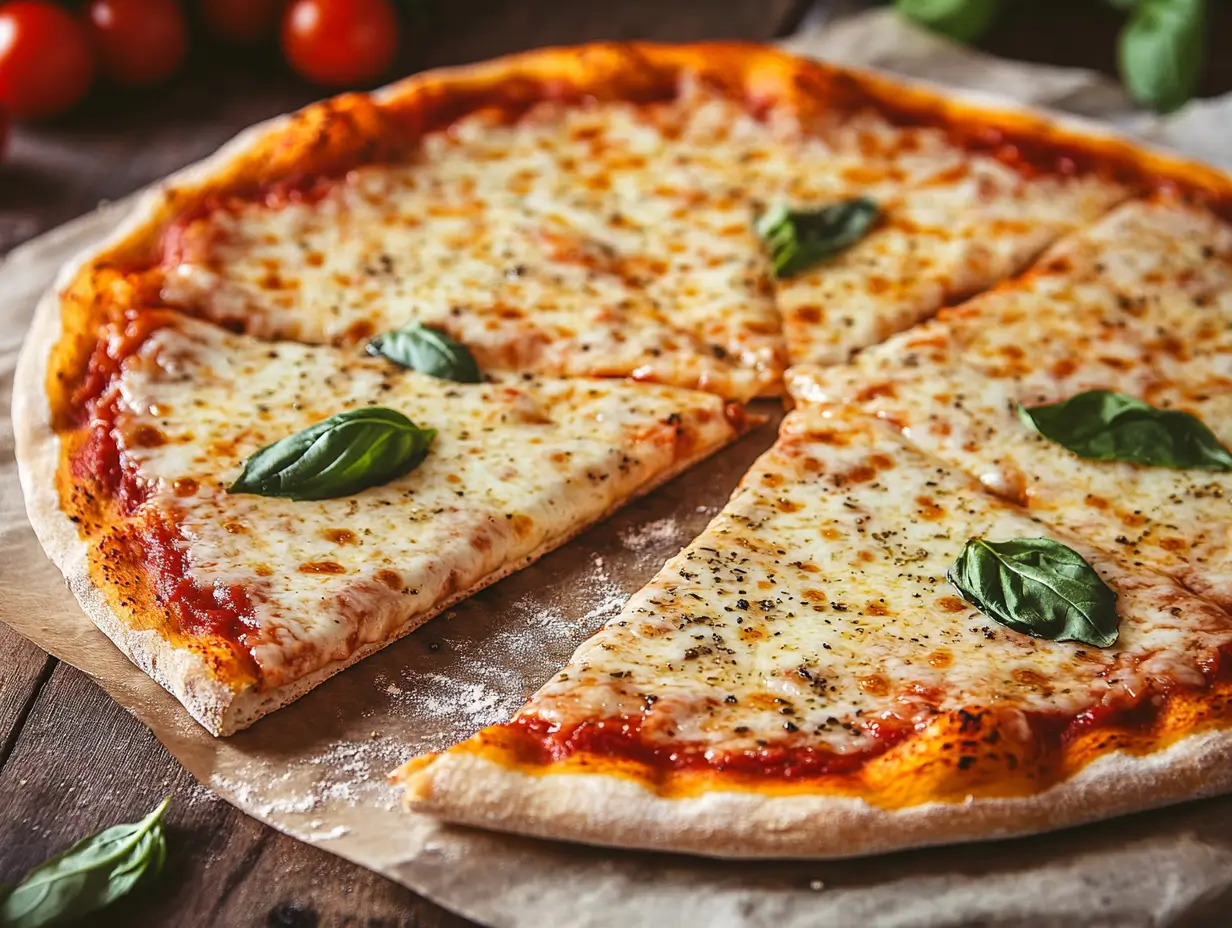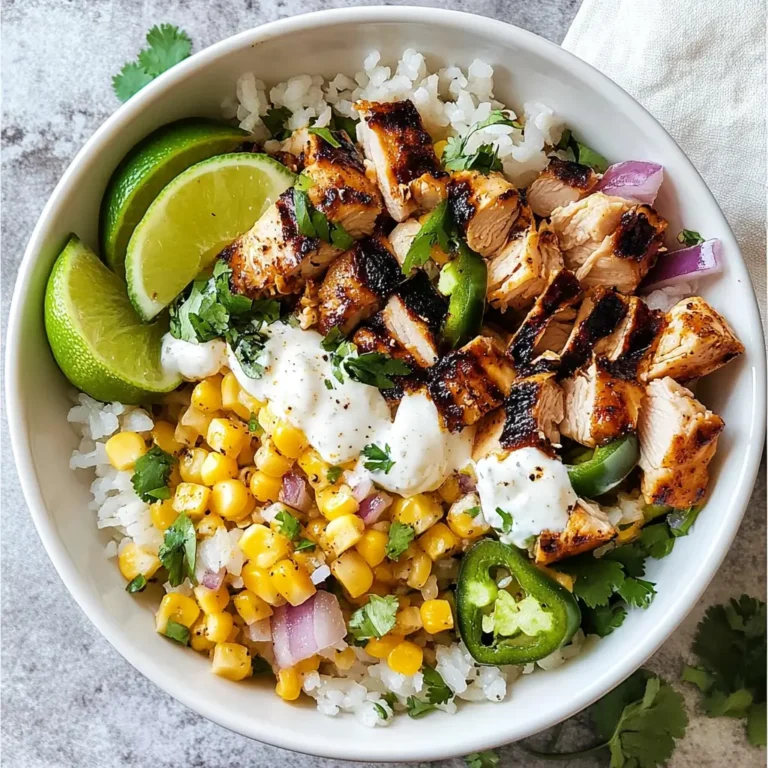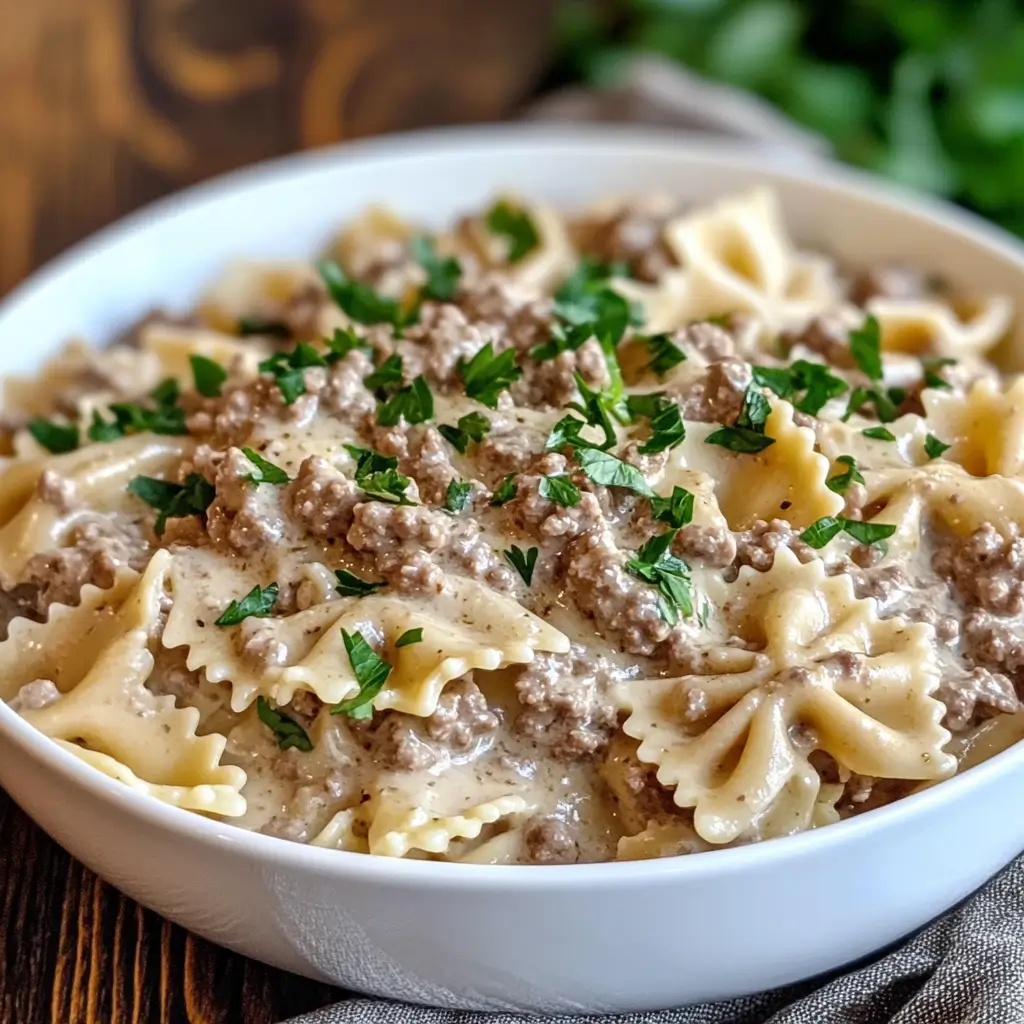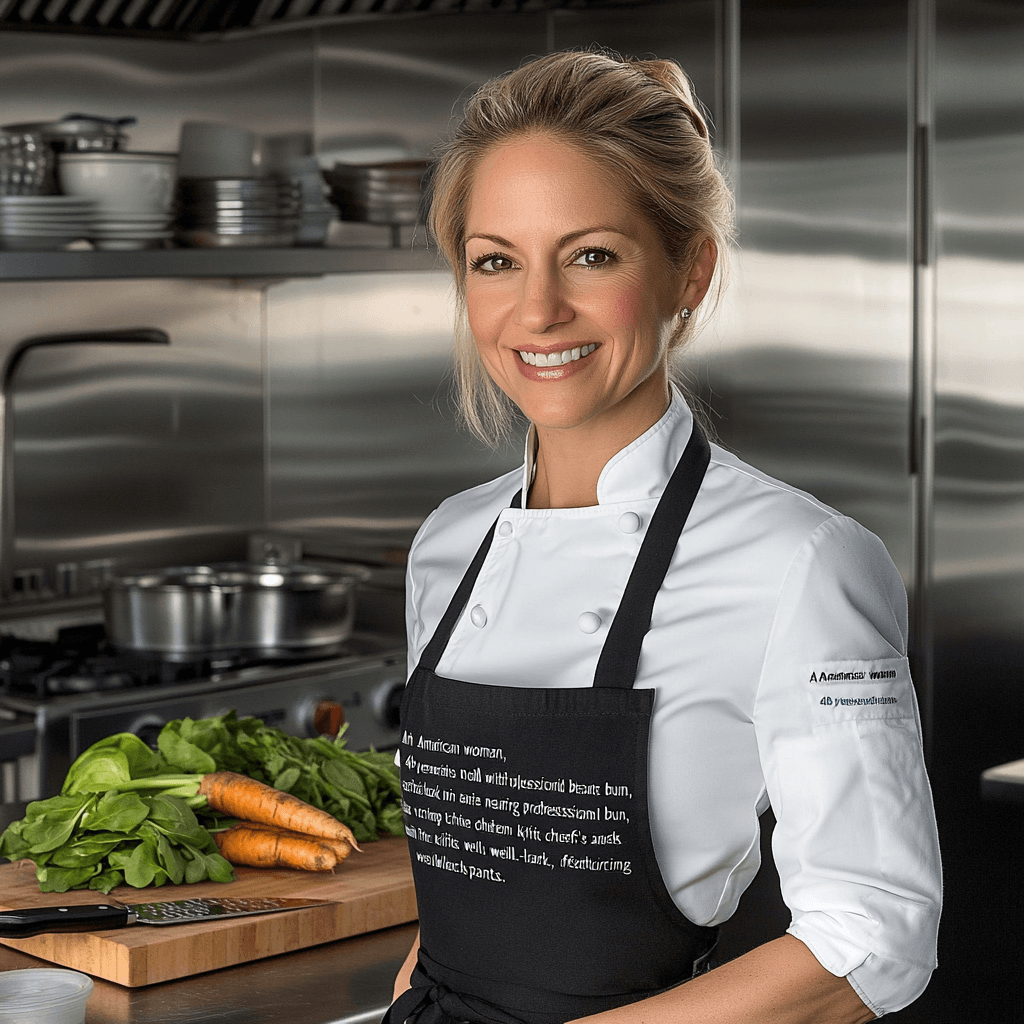Table of Contents
Mozzarella is the key ingredient in any great pizza, providing that signature gooey, stretchy texture that makes each bite perfect. However, knowing how to prepare mozzarella for pizza properly is essential to avoid issues like excess moisture, uneven melting, or a soggy crust.
Whether you’re making a Neapolitan pizza, a New York slice, or a crispy thin-crust pizza, properly preparing mozzarella for pizza can significantly enhance the flavor and texture.
In this guide, we’ll cover how to prepare mozzarella for pizza, from choosing the right type to drying it properly and using the best baking techniques.
Choosing the Best Mozzarella for Pizza
Selecting the right mozzarella is the first step in achieving a perfect pizza. Different types of mozzarella have varying moisture levels, textures, and melting properties, all of which impact the final result.
Fresh Mozzarella vs. Low-Moisture Mozzarella
Mozzarella generally comes in two main types:
- Fresh Mozzarella: This type is typically sold in brine or vacuum-sealed packaging. It has a high moisture content, making it soft and creamy but also prone to releasing excess liquid during baking. Fresh mozzarella is ideal for Neapolitan-style pizzas, where quick, high-heat baking prevents the cheese from becoming too watery.
- Low-Moisture Mozzarella: This type has been aged and dried, resulting in a firmer texture and better melting qualities. It is often used for American-style pizzas, like New York and Chicago deep-dish pizzas, as it creates a perfect balance between stretchiness and browning.
Whole Milk vs. Part-Skim Mozzarella
Mozzarella also varies based on fat content:
- Whole Milk Mozzarella: This variety has a richer taste and melts more smoothly, producing a creamy texture with good stretch. It’s the preferred choice for high-quality pizzas.
- Part-Skim Mozzarella: With less fat, this type is firmer and produces a slightly more elastic texture. While it still melts well, it doesn’t brown as beautifully as whole milk mozzarella.
Pre-Shredded vs. Block Mozzarella
- Pre-Shredded Mozzarella: While convenient, pre-shredded cheese is often coated with anti-caking agents like potato starch or cellulose, which can prevent smooth melting.
- Block Mozzarella: Buying mozzarella in a block and shredding or slicing it yourself ensures a purer taste and better melting qualities.
For the best results, opt for a high-quality whole milk, low-moisture mozzarella and prepare it properly before adding it to your pizza.
How to Prepare Mozzarella for Pizza the Right Way
Once you’ve chosen the right mozzarella, proper preparation is essential to ensure even melting and prevent soggy pizza.
Steps on How to Prepare Mozzarella for Pizza Properly

If you’re using fresh mozzarella, follow these steps to reduce its moisture content:
- Drain the Liquid: Remove the mozzarella from its brine and place it on a paper towel or clean kitchen cloth.
- Slice and Pat Dry: Cut the mozzarella into thin slices or small cubes and gently press them between paper towels to absorb excess moisture.
- Refrigerate or Air-Dry: Let the mozzarella sit in the fridge uncovered for at least 30 minutes to help remove excess moisture. If possible, leave it overnight for an even better texture.
Best Techniques on How to Prepare Mozzarella for Pizza
The way you slice mozzarella can affect its distribution and melting:
- Thin Slices: Best for Neapolitan pizzas, where the cheese is placed in scattered chunks that melt into the sauce.
- Small Cubes: Useful for a more uniform melt on pan pizzas.
- Grated Mozzarella: Ideal for even coverage on New York-style and thin-crust pizzas.
How to Shred Mozzarella for Even Melting
If you prefer shredded mozzarella:
- Freeze the Block for 15 Minutes: This makes it firmer and easier to grate.
- Use a Coarse Grater: Avoid extra-fine shreds, as they melt too quickly and can burn.
- Toss with a Bit of Cornstarch: This helps prevent clumping and absorbs residual moisture.
Freezing Mozzarella for Better Texture
Freezing mozzarella slightly before using it on pizza can improve its texture and melting properties. If your mozzarella is too soft, place it in the freezer for about 20 minutes before slicing or grating.
Steps on How to Prepare Mozzarella for Pizza Properly
One of the most common issues when using mozzarella on pizza is excess moisture, which can make the crust soggy. Here’s how to prevent that from happening.
Draining and Drying Techniques
To reduce moisture from fresh mozzarella:
- Press with Paper Towels: After removing the cheese from its brine, place it on a plate lined with paper towels. Gently press with another towel to absorb excess liquid.
- Slice and Air-Dry: Cut the mozzarella into thin slices or small cubes and let them sit on a wire rack or plate uncovered in the fridge for at least 30 minutes. For best results, let it air-dry for several hours or overnight.
- Use a Salad Spinner: If you need a quick fix, a salad spinner can help remove some excess water from fresh mozzarella slices.
For low-moisture mozzarella, drying is usually unnecessary, but if it feels too damp, lightly pat it dry before use.
Using Cornstarch or Flour to Absorb Moisture
A simple trick to prevent sogginess is tossing shredded mozzarella with a small amount of cornstarch or flour. This helps absorb extra moisture while improving meltability.
- Cornstarch: Works best for shredded cheese, preventing clumping while also absorbing excess water.
- Flour: A light dusting on fresh mozzarella slices can help create a slight barrier against moisture.
Best Baking Techniques to Control Moisture
How you bake your pizza can also affect how mozzarella behaves. Follow these baking tips:
- Use a High-Heat Oven (450°F – 500°F / 230°C – 260°C): Cooking pizza at high temperatures evaporates excess moisture quickly.
- Preheat a Pizza Stone or Steel: A hot surface absorbs moisture from the crust, preventing sogginess.
- Partially Pre-Bake the Dough: If you’re using very wet mozzarella, pre-baking the crust for a few minutes before adding toppings can help keep it crisp.
- Bake on the Lower Rack: Positioning your pizza closer to the oven’s heat source ensures the crust bakes properly before too much moisture releases from the cheese.
Best Techniques on How to Prepare Mozzarella for Pizza Without Sogginess
How you place mozzarella on your pizza can impact its melt and texture.
Layering Techniques for Different Pizza Styles
Different pizza styles require different layering methods:
- Neapolitan Pizza: Place small chunks of fresh mozzarella sparingly over the sauce, allowing it to melt naturally.
- New York-Style Pizza: Spread evenly shredded low-moisture mozzarella across the pizza to create a uniform layer of melted cheese.
- Deep-Dish Pizza: Since deep-dish pizzas bake longer, mozzarella should be placed below the sauce to prevent burning.
- Detroit-Style Pizza: Place mozzarella right to the edges for crispy, caramelized cheese around the crust.
How Much Mozzarella to Use for Optimal Taste
Using the right amount of cheese prevents an overly greasy or soggy pizza:
- Neapolitan Pizza: 80-120g (3-4 oz) of fresh mozzarella per 12-inch pizza
- New York-Style Pizza: 150-200g (5-7 oz) of low-moisture mozzarella per 14-inch pizza
- Deep-Dish Pizza: 200-250g (7-9 oz) of mozzarella for thick layers
- Thin-Crust Pizza: 100-150g (4-5 oz) to prevent overpowering the crust
Pairing Mozzarella with Other Cheeses
Mozzarella is great on its own, but blending it with other cheeses enhances flavor and texture:
- Provolone: Adds a sharp, tangy flavor while improving stretch.
- Parmesan or Pecorino Romano: Sprinkled on top for an umami kick.
- Fontina: A creamy cheese that complements mozzarella well.
- Cheddar: Adds richness but should be used sparingly due to its oiliness.
Baking Tips for the Perfect Mozzarella Melt
Once your mozzarella is prepped and placed correctly on the pizza, the baking process plays a crucial role in achieving the perfect melt, stretch, and texture.
Ideal Oven Temperature and Time
Mozzarella melts best at high temperatures. The key is to bake your pizza at the right heat level for optimal browning and stretchiness:
- Neapolitan-Style Pizza: Bake at 850°F (450°C) or higher for 90 seconds to 2 minutes in a wood-fired oven.
- New York-Style Pizza: Bake at 500°F (260°C) for 7-10 minutes on a pizza stone or steel.
- Deep-Dish Pizza: Bake at 425°F (220°C) for 25-30 minutes, since the cheese is layered under the sauce.
- Thin-Crust Pizza: Bake at 475°F (245°C) for 10-12 minutes for a crispy crust with evenly melted cheese.
Using a Pizza Stone for Even Melting
A pizza stone or steel helps distribute heat evenly and absorb moisture from the dough, preventing sogginess. Follow these steps for the best results:
- Preheat the stone for at least 30 minutes before baking to ensure it reaches the desired temperature.
- Place the pizza directly on the stone for a crispier crust and even cheese melt.
- Use parchment paper or cornmeal to prevent sticking.
Broiling for a Golden Brown Finish
If you want extra browning and a slightly crispy cheese texture, use the broiler for the final minute of baking:
- Set your oven to broil (high setting) in the last 30-60 seconds of baking.
- Watch closely to avoid burning, as mozzarella can quickly go from golden to charred.
- Rotate the pizza if needed for even browning.
Common Mistakes When Using Mozzarella on Pizza

Even experienced home cooks can run into issues when using mozzarella. Here are some common mistakes and how to avoid them.
Using Too Much Cheese
While it’s tempting to load up on mozzarella, using too much can lead to a greasy, unevenly melted pizza. Stick to the recommended cheese amounts for your pizza style.
Not Prepping Mozzarella Properly
Skipping essential steps like drying fresh mozzarella or shredding block cheese can result in excessive moisture or poor melting. Always prepare your mozzarella based on its type.
Choosing the Wrong Type of Mozzarella
Different pizzas require different types of mozzarella. Using fresh mozzarella on a New York-style pizza might result in excessive water release, while using low-moisture mozzarella on a Neapolitan pizza might not give the traditional texture.
Frequently Asked Questions on How to Prepare Mozzarella for Pizza
Why does mozzarella turn watery on pizza?
Mozzarella releases moisture when heated, especially if it’s fresh. To prevent this, drain, dry, and refrigerate fresh mozzarella before using it. Baking at high temperatures also helps evaporate excess moisture quickly.
Should I freeze mozzarella before using it on pizza?
Freezing mozzarella for 15-20 minutes before grating makes it firmer and easier to shred. However, avoid freezing fresh mozzarella, as it alters the texture and makes it crumbly.
How do I make mozzarella stretchier on pizza?
For maximum stretch, use whole milk, low-moisture mozzarella and bake at a high temperature. Adding a bit of provolone or a touch of cornstarch can also enhance stretchiness.
What is the best mozzarella for Neapolitan pizza?
Traditional Neapolitan pizza uses fresh mozzarella (Fior di Latte or Buffalo Mozzarella), cut into small pieces and lightly drained to prevent excess moisture.
Conclusion
Knowing how to prepare mozzarella for pizza makes all the difference in achieving the perfect gooey, melty, and delicious topping. By selecting the right type, properly drying fresh mozzarella, and using the best baking techniques, you can avoid soggy pizza and get restaurant-quality results at home.
Whether you love a cheesy Neapolitan pizza, a crispy thin-crust, or a deep-dish masterpiece, preparing mozzarella correctly will ensure your pizza turns out perfect every time. Now, it’s time to put your knowledge to the test and create the ultimate homemade pizza! 🍕🔥





